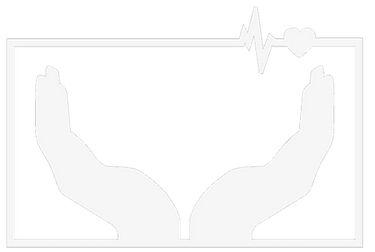Navigating Common Medical Emergencies Like a Pro
How to handle common emergencies
IHH Staff
6/9/20252 min read


In today's fast-paced world, being prepared for medical emergencies can make a critical difference in the outcome for an individual in distress. Understanding the common emergencies and knowing how to respond can empower you to act confidently and effectively. Here’s a look at some of the most common medical emergencies and practical initial responses.
1. Cardiac Arrest
Signs and Symptoms:
- Sudden collapse
- Unresponsiveness
- No breathing or abnormal breathing (gasping)
Initial Response:
- Call 911 immediately.
- Begin CPR (Chest Compressions): Place the heel of one hand on the center of the chest, interlock with the other hand, and push hard and fast (about 100-120 compressions per minute).
- If available, use an Automated External Defibrillator (AED) as soon as possible.
2. Choking
Signs and Symptoms:
- Inability to speak or breathe
- Coughing or wheezing
- Clutching the throat
Initial Response:
- Encourage the person to cough if they are able.
- If they cannot cough or breathe, perform the Heimlich maneuver:
- Stand behind the person and wrap your arms around their waist.
- Make a fist with one hand and place it just above the navel.
- Grasp your fist with the other hand and pull in and up sharply.
3. Stroke
Signs and Symptoms:
- Sudden numbness or weakness, especially on one side of the body
- Confusion, trouble speaking or understanding
- Difficulty seeing in one or both eyes
- Difficulty walking, dizziness, loss of balance or coordination
Initial Response:
- Use the acronym FAST:
- Face drooping: Check if one side of the face droops.
- Arm weakness: Ask the person to raise both arms. Does one drift down?
- Speech difficulty: Is their speech slurred or strange?
- Time to call 911: If any symptoms are present, call for emergency help immediately.
4. Allergic Reactions
Signs and Symptoms:
- Hives, itching, or skin rash
- Swelling of the face, lips, or throat
- Difficulty breathing
Initial Response:
- If the person has an epinephrine auto-injector (EpiPen), help them use it immediately.
- Call 911, even if symptoms seem to improve after using the auto-injector.
5. Seizures
Signs and Symptoms:
- Loss of consciousness
- Convulsions or jerking movements
- Staring blankly or unusual movements
- Sudden loss of bladder control
Initial Response:
- Protect the person from injury by moving nearby objects out of the way.
- If possible, place a cushion under their head and turn them onto their side.
- Do not put anything in their mouth.
- Once the seizure is over, stay with them until they are fully awake and aware.
Final Thoughts
Being prepared for medical emergencies involves not only knowing the signs but also having a practical plan in mind. Taking a certified first aid and CPR course can significantly enhance your confidence and skills in handling unexpected situations. Sharing this information can potentially save lives, so consider discussing it with friends and family. Remember, it's always better to act quickly and seek help than to wait and hope for the best.
Let us help you get ready! We offer classes and content that will definitely get you ready. Not to mention you can always reach out and ask us any questions.


